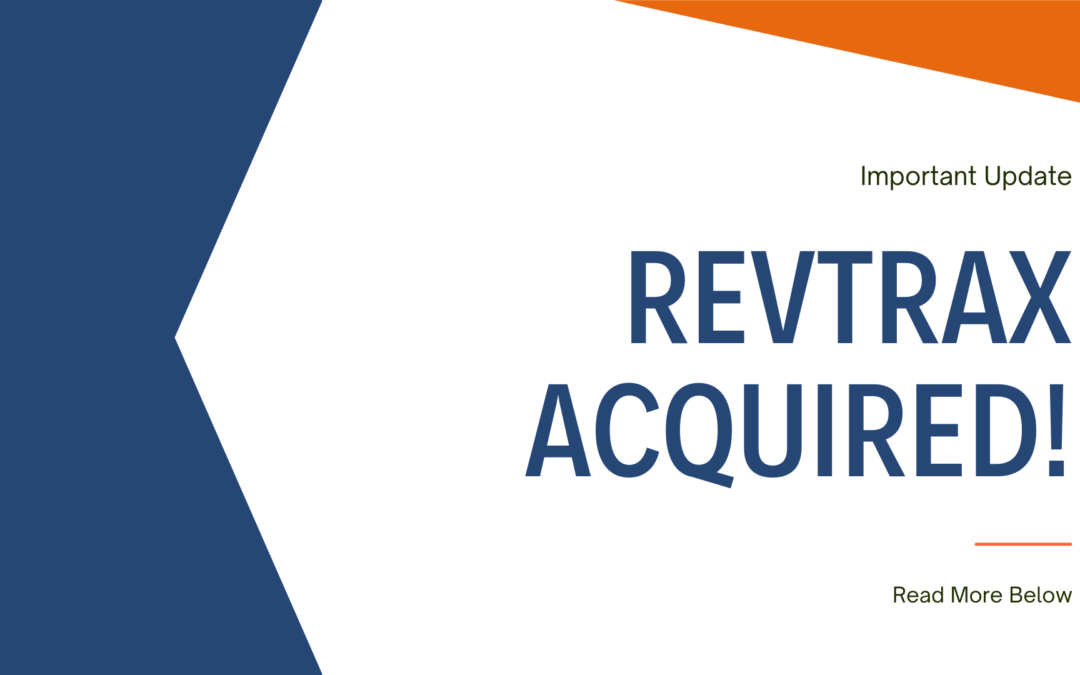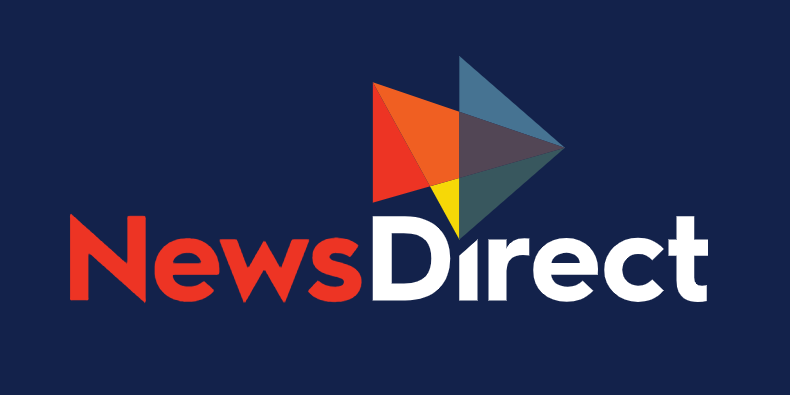Customer privacy has been a major concern, particularly over the last five years. Increasingly, consumers are realizing that part of the cost of doing business in an online economy means sacrificing personal data to enhance customer experience. The industry has taken notice as well, with Google planning to phase out third-party cookies—the primary source of customer tracking for decades—by the end of 2021.
Yet the demand for personalization still exists, and it’s still an essential tool for brands and retailers to create conversions. In fact, customers are more than twice as likely to view personalized offers as important, according to one study by Salesforce. The challenge is there for brands: how do you maintain personalization without sacrificing privacy?
Moving Beyond Unreliable Data

If 2020 was nothing else, it was a year of disruption. Large upheavals in the world caused everything from people moving, to losing jobs, to reevaluating relationships. These outcomes might sound inconsequential when we’re discussing promotions strategies, but the key to personalization is knowing your customer. For years, brands have relied on demographic data to deliver the insights needed for personalized targeting.
These days, demographic data is all but irrelevant because of the changes consumers make month over month and year over year, and the time it takes for that information to be updated for the purposes of marketing and promotions; by the time demo data enters the promotion cycle it could be completely irrelevant at best, or actively harmful at worst. If you’re at a party and you forget someone’s name, it’s always better reintroducing yourself rather than guessing a name. If you’re a customer, and you’re being targeted heavy winter coats six months after you moved to Arizona, what associations are you left to make with the brand?
Removing the reliance on demographic data means brands can deliver a personalized experience without being misinformed about their subject, and without turning customers off with overly specific, Orwellian targeting.
How Predictive Purchase Data Delivers the Next Evolution in Personalization
Once we strip away the demographic layer of customer targeting, we’re only left with one thing: customer actions. Predictive Purchase Data (PPD), leverages behavioral consumer analytics to create general profiles of customers—both known and unknown—to target audiences by past actions as a means of predicting future ones. By observing more than one hundred million consumer attributes and 11 million transactions each month, PPD is able to understand broader consumer buying habits, and tailor targeting to these attributes.
Predictive modeling can take a number of forms with PPD. Customers can be identified and ranked by price sensitivity, they can be identified as full-price buyers, they can be targeted by time of day they’re most likely to engage, and a host of other factors. Because this data isn’t specific to individual customers or tied to personal demographic data, it manages to be effective while remaining non-obtrusive and adhering to data privacy laws. In fact, by deploying behavioral marketing, brands are able to increase profits by 15 percent.
PPD expands the traditional use of machine learning to classify consumers, using causal analysis to determine what it will take to motivate an individual to convert, which in turn drives customer acquisition, sales, repeat purchases and, maybe most important of all, brand loyalty.
Deploying PPD to Build Brand Loyalty

Personalization is the new normal for brands; being able to connect to consumers on a one-to-one level can be the difference between a targeting strategy converting or getting lost in the noise. According to Salesforce, 70 percent of consumers say a company’s understanding of their personal needs influences their loyalty.
After the uncertainty of 2020, brands and retailers are much motivated to focus their efforts on customer loyalty and retention in 2021. With the increased cost of customer acquisition, a reinvestment in building brand loyalty serves to keep sales steady while decreasing the investment in bringing new consumers into the fold.
PPD is an additional data layer that enables brands to customize the consumer experience at each point in the customer journey. By demonstrating one-to-one personalization, brands are able to address the individual needs of a consumer, and PPD allows for that personalization without overstepping on the customer’s demand for privacy.
Interested in learning more about what PPD can do for personalization, brand loyalty, and customer retention? Get in touch with a RevTrax expert today!





